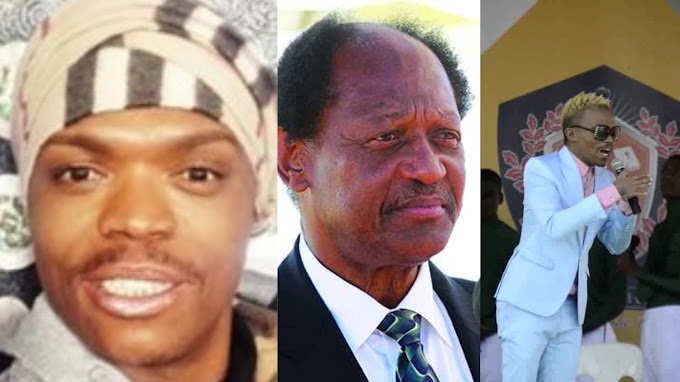Kirk
Schneck, an attorney for Lee's daughter, tells CNN the comic giant was
taken by ambulance from his Los Angeles home on Monday morning to
Cedar's Sinai Medical Center, where he later died. The cause of death is
not yet known, according to Schneck.
Lee began his career at what was then Timely Comics in 1939. Over the
years he was a writer, editor and occasional illustrator. But, bored
with the output, he was preparing to leave the company when history took
a sudden turn.
For many years, the business had been dominated by DC (then National)
Comics, creators of Superman, Batman, Wonder Woman and the Green
Lantern.
In the late '50s, DC started reimagining its heroes -- kicking off what
comics historians call the "Silver Age" of the business -- but those
figures were still, largely, otherworldly and two-dimensional, living in
made-up places such as Metropolis and Gotham City.
In the early '60s, Lee was asked to come up with a team of superheroes
to compete against DC's Justice League. With the notable help of artists
such as Jack Kirby and Steve Ditko, he helped instigate a revolution,
though Lee didn't see it that way at the time.
"If my publisher hadn't said 'let's do superhero stories,' I'd probably
still be doing 'A Kid Called Outlaw,' 'The Two-Gun Kid' or 'Millie the
Model' or whatever I was doing at the time," he told CNN in 2013.
Marvel revitalized the comics business with a series of flawed, more
human superheroes. Its figures lived in the real world -- a few were
based in New York City, with all its dirt and clamor -- and struggled
with everyday challenges, whether it was paying the rent or wondering
about their purposes in life.
First came the Fantastic Four, a superhero team probably most famous for
the grumpy, rock-skinned Thing. Following that success Lee and Marvel
introduced such characters as Spider-Man, the Hulk, Iron Man, Thor, the
X-Men and Daredevil.
These new superheroes -- all created in a
burst between 1961 and 1964 -- were hugely popular and allowed Marvel
to surpass DC in both sales and fashionableness.
Spider-Man,
in particular, became the imprint's signature character: a neurotic
photographer named Peter Parker who, after being bitten by a radioactive
spider, develops spider-like powers. Parker was forever clashing with
newspaper editor J. Jonah Jameson (an angry, cigar-chomping martinet who
was no Perry White), wondering about his relationship with Mary Jane
Watson and worrying about his fragile Aunt May. Crime fighting was the
least of his concerns.
"I never
thought that Spider-Man would become the worldwide icon that he is. I
just hoped the books would sell and I'd keep my job," Lee said in 2006.
Many
of the characters were developed for television with varying degrees of
success. But it was the emergence of the "Marvel Universe" in the
movies, especially with the "X-Men" franchise and the Sam Raimi-directed
"Spider-Man" (2002), that truly made the brand ubiquitous. In 2009, the
Walt Disney Company purchased Marvel Entertainment -- the licensing arm
of the comic-book brand -- for $4 billion.















